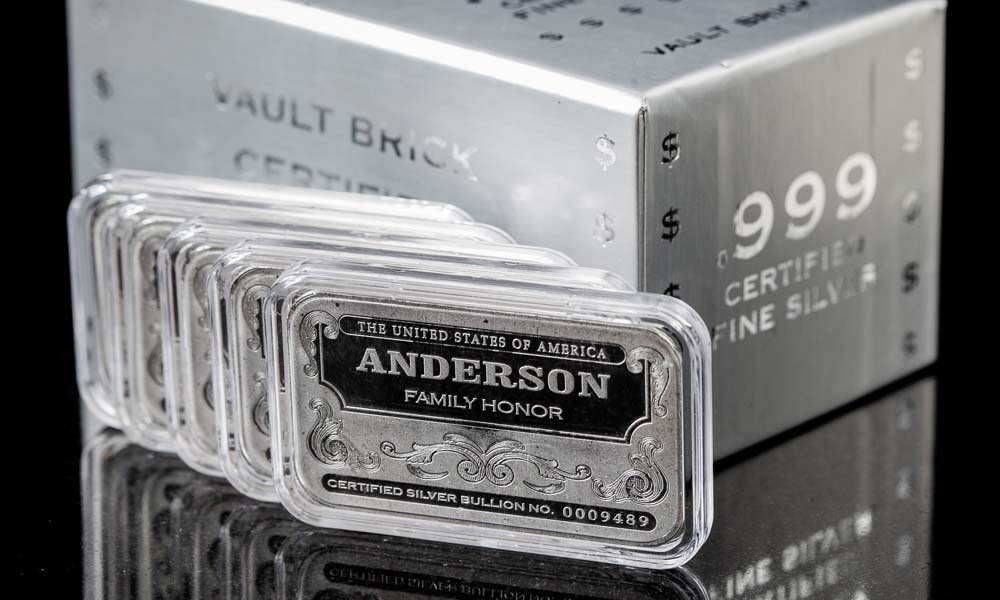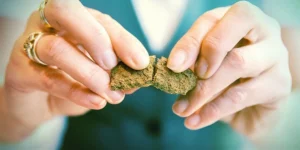The Process of Refining Silver Bullion

silver bullion
The process of refining silver bullion is a sophisticated journey from raw ore to high-purity silver suitable for investment and industrial use. This blog explores the various stages of silver refining, from extraction to the final product.
Silver Extraction
The journey of silver bullion begins with the extraction of raw silver ore from the earth. This is typically done through mining, which involves locating silver deposits and extracting the ore using various methods:
- Open-Pit Mining: This method involves removing large amounts of surface material to access silver deposits. It is commonly used for low-grade ore that is spread over a large area.
- Underground Mining: Used for higher-grade ore, this method involves creating tunnels and shafts to reach deep silver deposits. It is more labor-intensive and costly than open-pit mining.
- Byproduct Mining: Silver is often found in conjunction with other metals such as gold, copper, and lead. Byproduct mining extracts silver as a secondary product during the extraction of these metals.
Crushing and Milling
Once the silver ore is extracted, it undergoes crushing and milling to break down the rock and release the silver particles. This stage involves several steps:
- Crushing: Large rocks containing silver ore are crushed into smaller pieces using crushers and grinding mills.
- Milling: The crushed ore is further ground into a fine powder to facilitate the separation of silver from other minerals.
Separation and Concentration
After milling, the silver-bearing powder undergoes separation and concentration processes to isolate silver from other materials:
- Gravity Separation: Techniques such as jigging and shaking tables use gravity to separate silver from lighter minerals. This method is effective for coarse silver particles.
- Flotation: Involves adding chemicals to the powdered ore to create a froth that captures silver particles, which are then skimmed off for further processing.
- Leaching: A chemical process where silver is dissolved in a cyanide or acid solution. The silver solution is then extracted using activated carbon or zinc precipitation.
Smelting and Refining
The concentrated silver undergoes smelting and refining to achieve high purity:
- Smelting: The silver concentrate is heated in a furnace to separate impurities. Fluxes such as borax and silica are added to bind with impurities, forming a slag that can be removed. The molten silver is poured into molds to form dore bars, which contain a mix of silver and other metals.
- Electrolytic Refining: Uses an electric current to dissolve silver from the dore bars into a solution. Pure silver is then deposited onto cathodes, while impurities are left behind.
- Aqua Regia Refining: Involves dissolving silver in a mixture of hydrochloric and nitric acids. The solution is filtered to remove impurities, and pure silver is precipitated using a reducing agent.
Assaying and Casting
Once refined, the silver is assayed to determine its purity. This involves testing samples to ensure the silver meets industry standards. The refined silver is then cast into bars or coins, ready for sale or investment.
Environmental Considerations
Silver refining has environmental impacts that must be managed responsibly. Modern refineries implement measures to minimize pollution, such as:
- Recycling: Refining scrap silver reduces the need for new mining, conserving resources and reducing environmental impact.
- Waste Management: Proper disposal and treatment of waste materials, including chemicals used in refining, prevent environmental contamination.
- Energy Efficiency: Refineries invest in energy-efficient technologies to reduce their carbon footprint.
Conclusion
The process of refining silver bullion is a meticulous and intricate journey from raw ore to high-purity silver bars or coins. Understanding this process underscores the value of silver and the expertise required to produce this precious metal. As technology advances and environmental concerns grow, the silver refining industry continues to innovate, ensuring the sustainable production of silver bullion.







